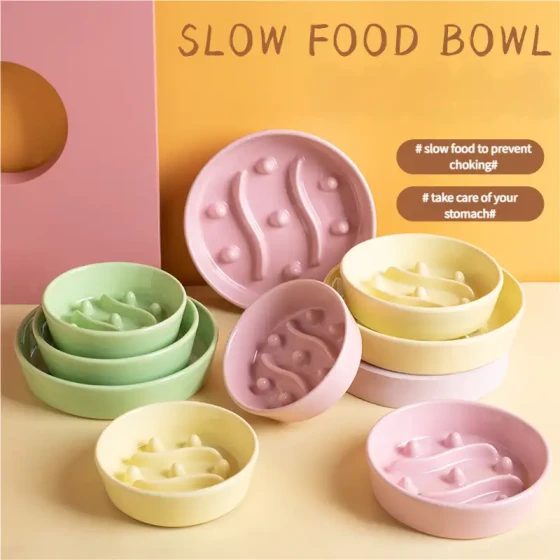Dog Feeding Methods in Different Seasons? Things to Pay Attention to When Feeding Dogs in Different Seasons

Feeding amount should be reduced by ten percent
After the cold winter, dogs no longer need excessive calories. However, the dog's diet does not decrease accordingly, so the owner needs to control its diet. Make sure it does not eat too much. Reducing the feeding amount by about 10% is best. Also pay attention that treats need to be included in the food intake. Too many treats can cause dogs to become overweight and may also cause picky eating. Another important point is that spring is the peak season for food spoilage, so owners must ensure food freshness. Dry food should be stored in a ventilated place.
Most dogs dislike the heat, just like humans; when the weather is hot, their appetite decreases. However, a normal decrease in appetite is a physiological response to reduce fat to get through the hot weather, so no need to worry. Owners just need to regularly measure the dog's weight. If a 10% weight loss is found, a check-up of the dog's health is needed. Weight loss within this range is normal.
In autumn, dogs start to store fat to prepare for winter, so their appetite greatly increases. During this time, owners need to strictly control their diet to prevent fattening. Additionally, feeding yogurt or probiotics can promote gut digestion and prevent gastrointestinal problems caused by overeating.
In winter, dogs still exhibit a strong appetite to store body heat and fat. To prevent obesity, owners must manage food intake carefully. Moreover, winter weather is dry, so it is essential to ensure dogs have plenty of drinking water.



